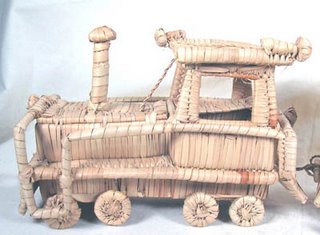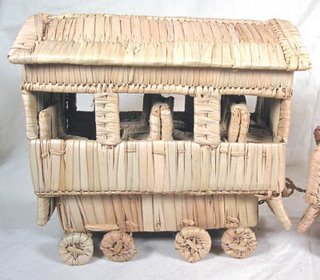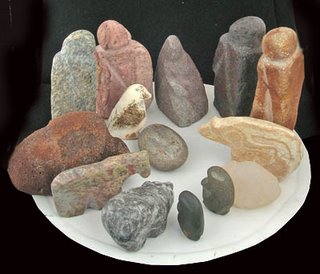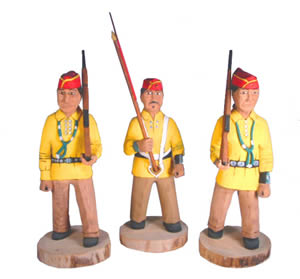We have delayed posting this blog until Thanksgiving Day has past for two reasons.
One is to spare our readers another thing to do in the midst of the pressure of preparing for the Thanksgiving Day feast, reunions and family gatherings. The other has been to give us time to post some items before the Thanksgiving weekend shopping fest is too far gone.
So, when you return from that zoo called the mall, where you may have gone to find gifts only to come home “mauled” and missing many of the things you were looking for, sit back, relax and go online to find the special “somethings” that don’t show up on the beaten path.
We have posted a number of these items to our eBay store at http://stores.ebay.com/Art-of-the-First-Person/
It is an eclectic potpourri (two words I have always wanted to use in s single sentence) that either don’t fit easily in the categories of our web sites or are a good way for those who have not found our web sites yet to get a sample of what we have. Hopefully, they will follow the breadcrumbs to the web sites if the eBay store doesn’t meet their needs, And while there, take a look at the handful of auction items we post as the seller, “taosski.”
Of course, you, as a knowledgeable fan of Native American and other ethnographic crafts and art, know exactly where to go to find the good stuff. Native-JewelryLink for top quality Native American jewelry, Native-PotteryLink for fine Native American hand-made pottery, TribalWorks for Arctic art, Navajo folk art, Australian Aboriginal art and African art and ZuniLink for spirit-moving carvings from Zuni, Cochiti and other Pueblos.










